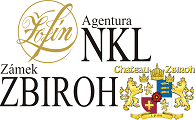History of palace Zofin
History of the Slavonic island
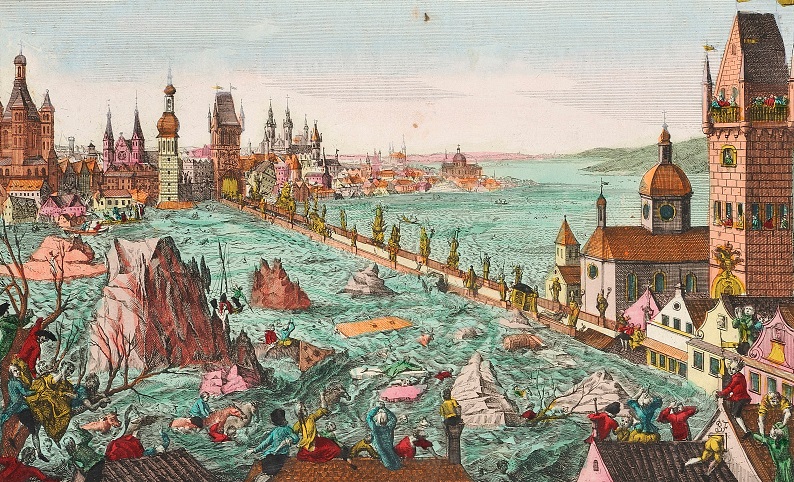
1784
The Slavonic island became a true island after the great flood of 1784, when it was secured with a low embankment and trees were planted among the shrubs. This created an island 250 metres long and 100 metres wide. Leather dyers moved onto the island from the New Town, bringing their work with them, and the island was initially named Dyers’ Island

1835
The miller Václav Novotný buys the island. The new owner of the island has generously decided to transform it into a major social and cultural center of Prague by creating three new brick buildings - a restaurant, a spa and a residential building.

1840
On 27th September 1840 Dyers’ Island was visited by Archduke Franz Karl, the father of the Emperor Franz Joseph I. To memorate this visit, the Dyers’ Island was named after the Archduke's wife Sophia - the Žofín Island.
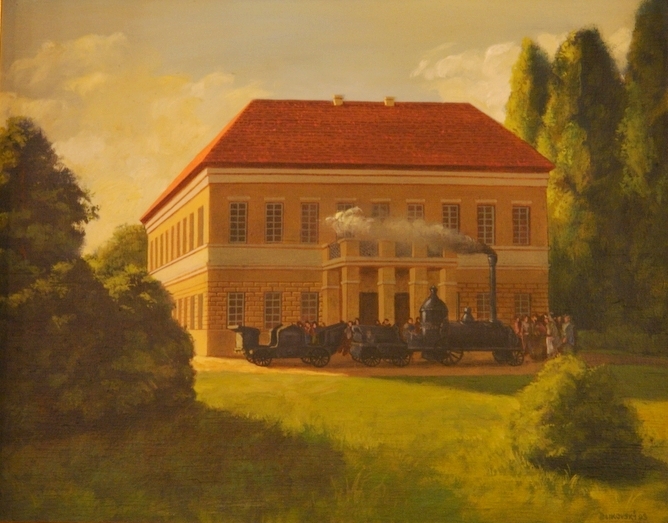
1841
Žofín Island became famous in May 1841 by another attraction. On a circular track of 158 meters, a small steam train called the Czech Lion began to ride on the island. It was a diminutive steam train. Currently, a copy of the steam train is again on the Slovanský Island and carries children at the children's playground.
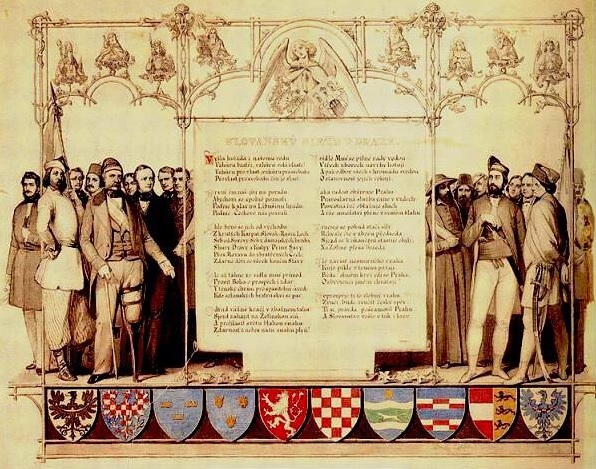
1848
On June 2, 1848, the Slavonic Congress in Prague was launched on the Žofín Island. According to this event, the island gained its name – Slavonic island. It was chaired by František Palacký and was attended by many prominent Slavic personalities of his time. It was one of the milestones of the Slavic movement that started the gradual journey of slavic nations to self-determination.

1882
On the 5th November 1882 the first complete performance of Smetana's My Country conducted by Adolf Čech.

1884
The whole island was bought by the City of Prague and the Žofín Palace was rebuilt into the current Neo-Renaissance appearance.
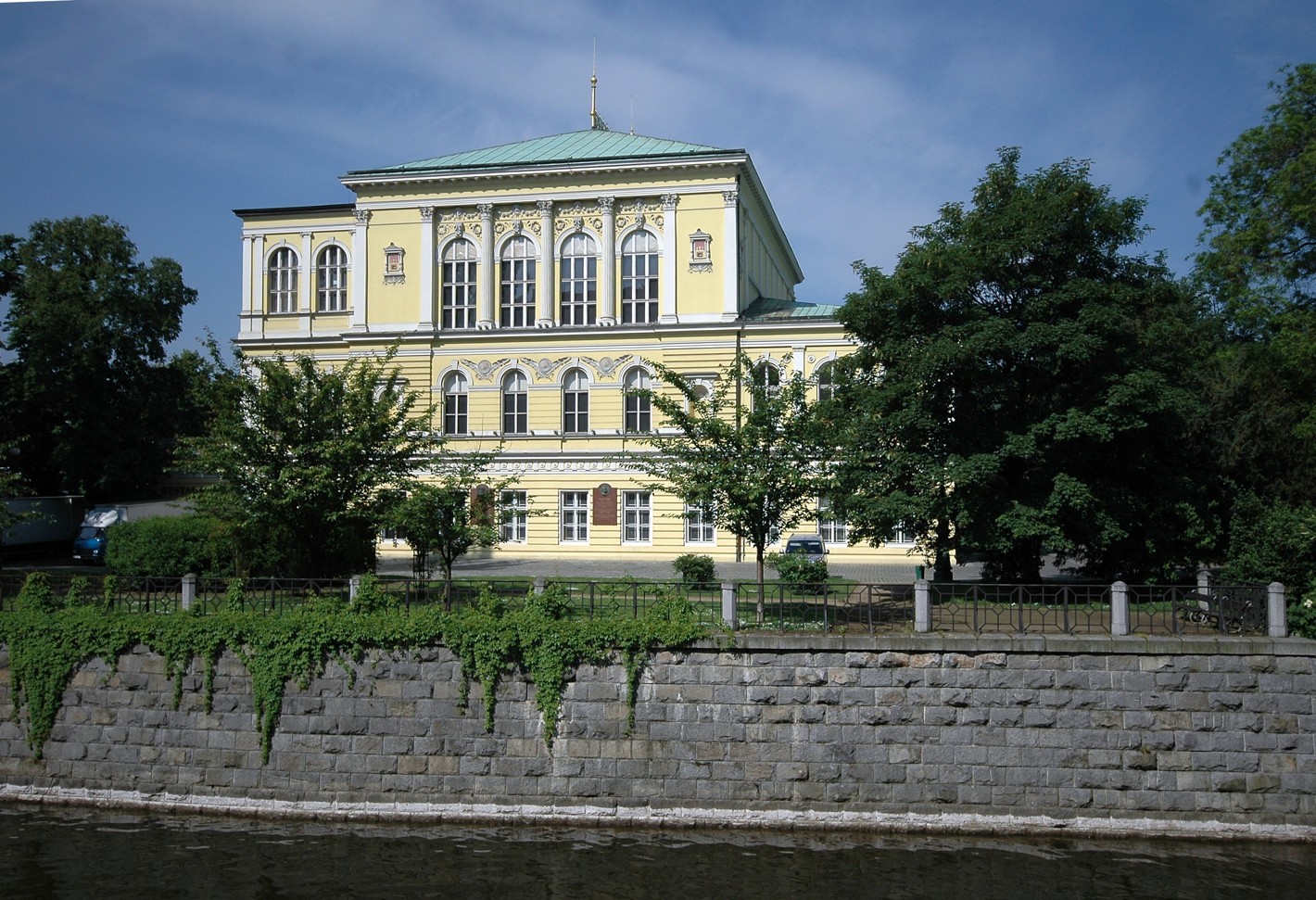
1994
Between 1991 and 1994, the palace went through a complete reconstruction and since its completion, it has been operated by Agentura NKL Žofín s.r.o.

2002
The Slavonic Island and the Žofín Palace were hit by floods in August 2002 and the ground floor was flooded to 1.6 meters. Part of the palace has been already reopened on 1 October 2002 and the whole palace by the end of the year.. At present the palace Žofín can be protected by mobile anti-flood walls, when it is needed.
